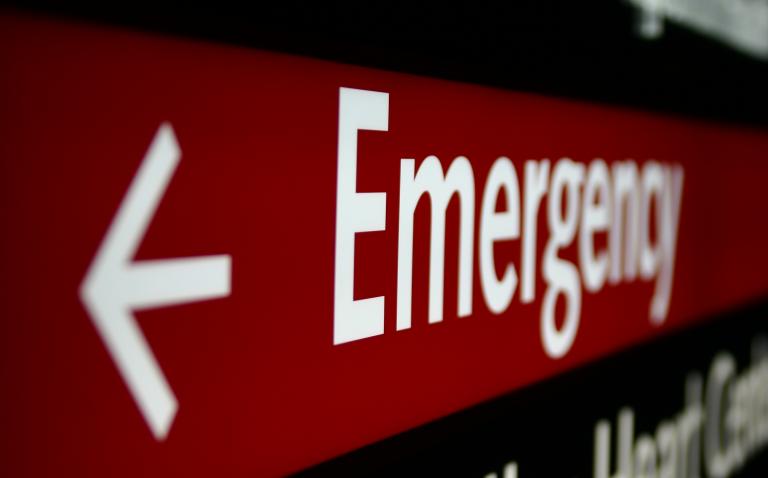Optimised distribution of emergency medical service stations can ensure rapid emergency care for even greater swathes of the population – and save money at the same time. This is the result of a study by Karl Landsteiner University of Health Sciences in Krems, Austria, published recently in an international journal.
Within the scope of the study, numerous possible distributions of emergency medical stations across the federal state of Lower Austria were calculated and compared using complex computer models. New ways were found to provide emergency medical care to an even larger proportion of the population within a very short space of time with the same or fewer medical stations. The consideration of extensive digital data on the existing road network, as well as population movements during the daytime, constituted an essential element of the computations.
Sometimes every minute counts – especially in emergencies. An emergency doctor has to be on the scene no more than 15 to 20 minutes after an emergency call has been made. In urban conurbations this is easy to achieve with a small number of sizeable emergency medical stations – but not in sparsely populated areas. In order to be able to reach remote areas quickly, a suitable distribution of many smaller stations is important. A study recently published in the International Journal of Medical Informatics by Karl Landsteiner University of Health Sciences in Krems (KL Krems) shows the possibilities offered by excellent mathematical models, extensive computing power and state-of-the-art digital geodata for computing the optimal distribution of these stations.
Greater reach from fewer medical stations
The study’s author, Dr. Robert Fritze, himself an emergency doctor and scientist at KL Krems, described the background to the study, explaining that, “The current distribution of emergency physicians in Lower Austria is very good – almost 90% of the population can be reached within the allotted time from the existing 32 medical service stations. So what we were interested in was whether a practical computer model could make an intelligent contribution to difficult location decisions. The answer is a resounding ‘yes’.”
In fact, the results of the study by Dr. Fritze from the Clinical Department for Anaesthesiology and Intensive Care Medicine at Krems University Hospital show that a different distribution of emergency medical service stations would even facilitate timely care for more than 95% of the population. If all existing locations were retained, this level of coverage could be achieved with only three additional stations. Assuming existing stations were redistributed, it could even be achieved with fewer than the current 32 stations.
This result was achieved by adapting complex algorithms for computing special distribution problems to address the specific task in Lower Austria. For example, the team had to make sure that only whole-numbered results were possible. That’s because half or quarter emergency stations could not exist in reality, even though they would be mathematically possible. This requirement was met with the use of a method called ‘integer linear optimisation’. Dr. Fritze and his team also fed the computer model the latest geodata at a very high level of detail. “Our computations didn’t just take the shortest route into consideration,” said Dr. Fritze, explaining the complexity involved. “Based on the extensive data on the road network, the model was able to work out which would be the fastest way. After all, an emergency vehicle can travel 5 km on a straight motorway faster than it can go 1 km on a winding country road.” Even the mobility behaviour of the Lower Austrian population was worked into the calculations. Every day, commuter flows lead to a massive redistribution of the population and thus also to a spatial shift in the demands on the emergency services.
Thinking in the box
As the smallest spatial unit for the computations, all of Lower Austria was divided into more than 10,000 cells, each measuring 1 square kilometre. Millions of distribution patterns were then computed, in which emergency medical stations were virtually located at different places in different cells, where the accessibility of these places had to be provided by the road network. For each sample, the size of the population that could be reached within the allotted time was calculated and compared with previous results.
After days of computations, the results were available. These can now be taken into account throughout Europe when future decisions need to be made on where to locate emergency medical stations. The study thus combines the field of computer science with the specific requirements of everyday emergency medicine. It impressively underpins the scientific focus of KL Krems, where the university’s applied research connects numerous disciplines relevant to health policy
Original publication: Combining spatial information and optimization for locating emergency medical service stations: A case study for Lower Austria. R. Fritze, A. Graser, M. Sinnl. International Journal of Medical Informatics 111(2018)24-36.










